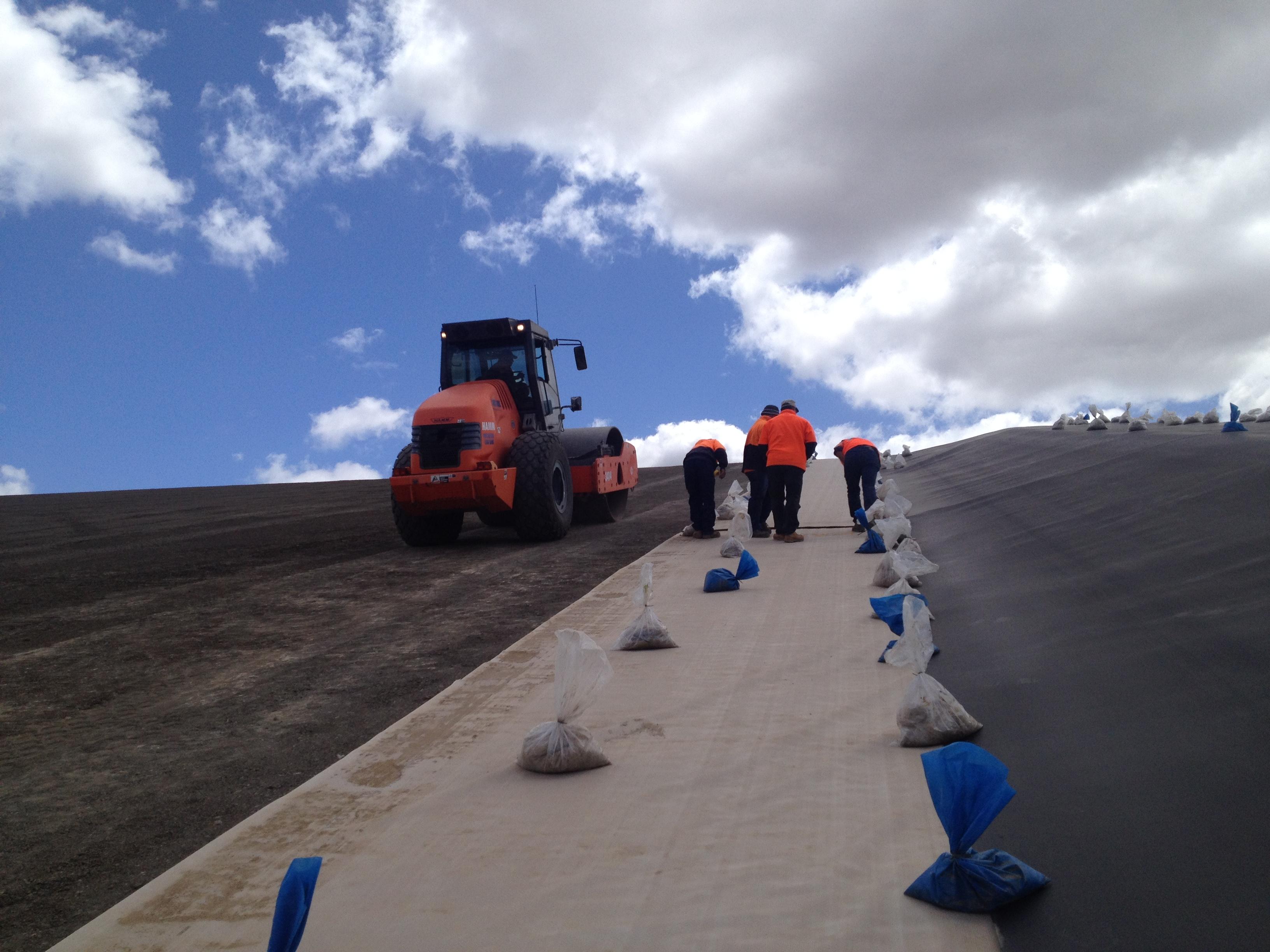Lets begin by having a look at the fundamentals in Landfill Design which make it perfect for the use of this unique product . The aim of a landfill is to ensure that there is no contamination of the environment from waste. Contamination entails the movement of chemical compounds in solid, liquid or gaseous form from the waste into the environment. While, the environment encompasses the biosphere, hydrosphere and atmosphere.
As our population grows, municipal (household) waste is also on the rise and according to Clean Up Australia, the amount of waste that hits our landfills in Australia, every year is enough to cover the entire state of Victoria. The average Australian produces 1.5 tonnes of waste in a year (in 2014). Much of this household waste is avoidable – like plastic packaging and food waste.
In our age of environmental concern, GCLs have become increasingly popular in landfill engineering (and other environmental engineering applications). The engineering function of a GCL is containment as a hydraulic barrier to water, leachate or other liquids and sometimes gases. As such, they are used as replacements for either Compacted Clay Liners (CCLs) or geomembranes, or they are used in a composite manner to satisfy strict EPA environmental design guidelines. The lower the hydraulic conductivity, the more effective the GCL will be at minimising seepage from inside of the landfill. Common applications of Geosynthetics Clay Liners include:
• waste and contaminated soil caps • landfill base liners • gas and vapour seals • surface impoundment liners • secondary containment • dams, canals, and water courses • tailings containment • groundwater protection • vertical barriers • waterproofing
Coated GCLs are the next generation of GCLs and they consist of multiple components to improve the factor of safety against seepage (from liquids &/or gases), chemical incompatibility against the bentonite and minimise desiccation of the GCL for caps with shallow soil covers. They have become a vital part of the landfill system design for it to function satisfactorily during its operational and end life cycle. Coated GCLs are a robust, versatile product meeting the highest safety standards and address the latest research in landfill composite lining systems. GCLs are becoming more widely acceptable as they ultimately reduce construction costs and time, while also preserving our natural environment.
Full-scale field testing by Prof. Rowe et. al. at Queens University (2016) have carried out trials that have monitored the performance of composite landfill lining systems over many years. The results will surprise you! Email ray@globalsynthetics.com.au for further information.

